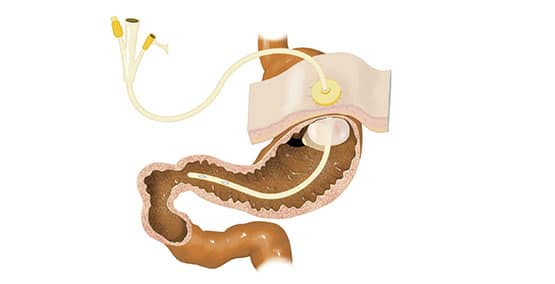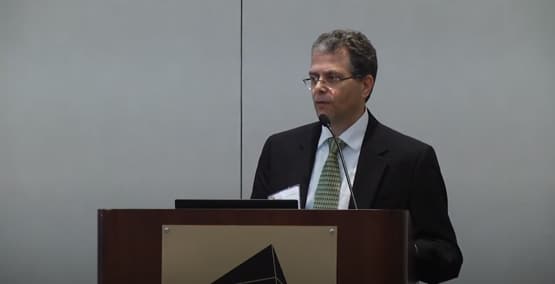
Steroid side effects in EoE – Concern about using steroids to treat eosinophilic esophagitis (EoE)
Fluticasone may carry a degree of risk
-Since eosinophilic esophagitis (often referred to as EoE) is an allergy-like condition, that can thicken the esophagus and cause difficulty swallowing, steroids [fluticasone (Flovent) or budesonide (Pulmicort)] are sometimes used to bathe the esophagus. The steroids can be used alone or with acid blockers, like omeprazole (Prilosec) or lansoperazole (Prevacid), to control the disease and its symptoms. The other option is to eliminate certain foods when possible.
A study was done on 58 kids and teens who had been on the steroids for over 6 months (MC Golekoh and others, Journ Pediatrics 2016; pages 240-5). Two-thirds (2/3) had been on fluticasone for 4 years, while the other 1/3 had been on budesonide for 3 ½ years.
While these children didn't show the outward signs of steroid side effects (the puffy cheeks, the irritability, acne), 6 (10%, all of them on fluticasone at over 440 micrograms per day) developed a condition called adrenal insufficiency, where their bodies may not fully respond to physical stress (for example, an injury or needed surgery). This did not happen with budesonide.

So while higher doses are effective, just as they are in asthma, fluticasone in particular carries some degree of risk. That led Dr. Jay Hochman of gutsandgrowth and Dr. Seth Marcus of the Southeast Eosinophilic Center to recommend an endocrinology evaluation for children or adults needing high doses of fluticasone for a prolonged period.




